By Mehmet Enes Beşer
The Mekong River of Cambodia is more than a geographical entity-it’s a life-giving vein that sustains the country, its economy, and its culture. The Mekong waters rice paddies, feeds fish, irrigates crops, and supports tens of millions of rural Cambodian livelihoods along over 480 kilometers of Cambodian terrain. It’s not just a river; it’s Cambodia’s guarantee of food self-sufficiency and economic security. That lifeline is in peril, however. Climate change, combined with upstream hydropower development and questionable water management, imperils Cambodia’s future. Cambodia, which for centuries relied on the natural pulse of the Mekong to sustain it, must now come to terms with the fact that pulse is changing—and for the worse.
The Mekong’s environmental significance to Cambodia cannot be overstated. Up to 80% of its people are rural Cambodians, and livelihoods are closely related to the agriculture economy and freshwater fisheries—both of which are entirely reliant on the river’s seasonal rhythms. The monsoon flood-pulse that fills and empties the river with rain each year is critical to restore groundwater nutrient levels, allow rice farming, and signal fish migration to Tonle Sap Lake-one of the world’s most profitable inland fish fisheries. The water cycle has made Cambodia the world’s largest per capita consumer of freshwater fish and provided the country historically with food security and foreign exchange earnings.
Otherwise, the Mekong is involved with transport and energy. Hydropower development, though controversial, has been a national power driver. The river also allows for the transportation of goods and people within the region, to enhance economic linkages between Cambodia and its neighbors, especially Vietnam and Laos. Otherwise, the Mekong is not just a water course—it is an economic infrastructure, an ecological system, and a social safety net.
But the same dependence also exposes Cambodia to exorbitant environmental disruption. Global warming nowadays is overturning the stability of Mekong cycles. Climatically, out-of-phase cycles of rainfall, increased temperatures, and longer-than-normal droughts govern river timing and amplitude of flow. Stripped of seasonally overflowing, the Mekong loses crops of rice, halts fish migration, and leaves households hungry. And then, toward the lower end of such a continuum, with the case of severe flooding from the weather turbulence climatic driver, people are displaced, infrastructures destroyed, and survival means ruined.
The most ominous trend is probably the reducing rate of “reverse flows” into Tonle Sap Lake hacked or delayed. Reversal process, where the Mekong once more overflows the lake in the course of the wet season, is crucial to fish reproduction and water storage. When timing and magnitude of this reversing flow have been changed in recent years, it has had direct effects on fish harvests and the balance of the ecosystem. Together with increased water stress in the region due to damming in China and Laos upstream, these hydrological shifts increasingly are turning Cambodia’s environmental blessing into a curse.
The economic implications of such trends are already beginning to be felt. Rural poverty remains obstinately high, and hunger in the most affected communities by the uncertainty of river capriciousness grows. Down this road, Cambodia will descend into contracting agricultural production, declining fishery yields, and accelerating out-migration from environmentally stressed villages to overcrowded cities. Social upheaval and economic stagnation loom—and yet national efforts lack a sense of urgency.
Cambodia’s climate policy and water strategy are still in its nascent stage. The government has prioritized climate change as a danger to policy documents, but policy implementation is incremental. Institutional fragmentation, untransparent data, and inefficacy of environment guardians have all been the determinants of policy tardiness. And combined complexity of transnational water politics strata. The Mekong River Commission, the organization responsible for ensuring Mekong country water management cooperation, has failed to put an end to unilateral damming and promote the equitable sharing of the waters. Short of regional coordination and heightened national policy action, Cambodia will be an inadvertent casualty in the larger geopolitical and environmental battle for the Mekong.
To confront this looming crisis head-on, Cambodia must transition to climate-resilient development. This involves investing in climate-proof agriculture that can withstand capricious floods and droughts, improving early warning systems and peasants’ meteorology, and preserving wetlands and floodplains as buffers against weather extremes. This involves also rethinking its hydropower-based emphasis on renewable energy, especially with regard to cost environmental consideration and inflexibility of dam-based systems at a time of hydrological uncertainty.
Above all, perhaps, Cambodia must place the Mekong at the heart of its own development strategy—not to harvest as a resource, but to preserve. Climate resilience is not an environmental issue, but an economic one. Political will, regional diplomacy, and a change in development thinking are required to make sure the Mekong can continue to provide food, income, and security.
Conclusion
The Mekong River is Cambodia’s past, present, and future—though only if it is strong enough to withstand the pressures of climate change and exploitation. Cambodia can no longer pretend that the river is limitless, swimming against the tides of mounting environmental danger. It must be conserved, revered, and inserted into every stage of the country’s policy agenda. It’s too expensive not to: a devastated fishery, ruined crops, environmental displacement, and loss of an economic system that has sustained millions.
Yet where crisis is, opportunity also is. If Cambodia can lead the way in making river-based development—development that anticipates ecological well-being, mitigates the impacts of global warming, and puts community resilience first—then not only can it save its own gem but set an example for other developing-world river economies to follow.
The fate of the Mekong is no longer in natural flux. It’s a political and economic choice now. For Cambodia, it’s a painful but extremely obvious choice: adapt or die. And making that choice involves the country’s most significant leadership test in the age of climate.



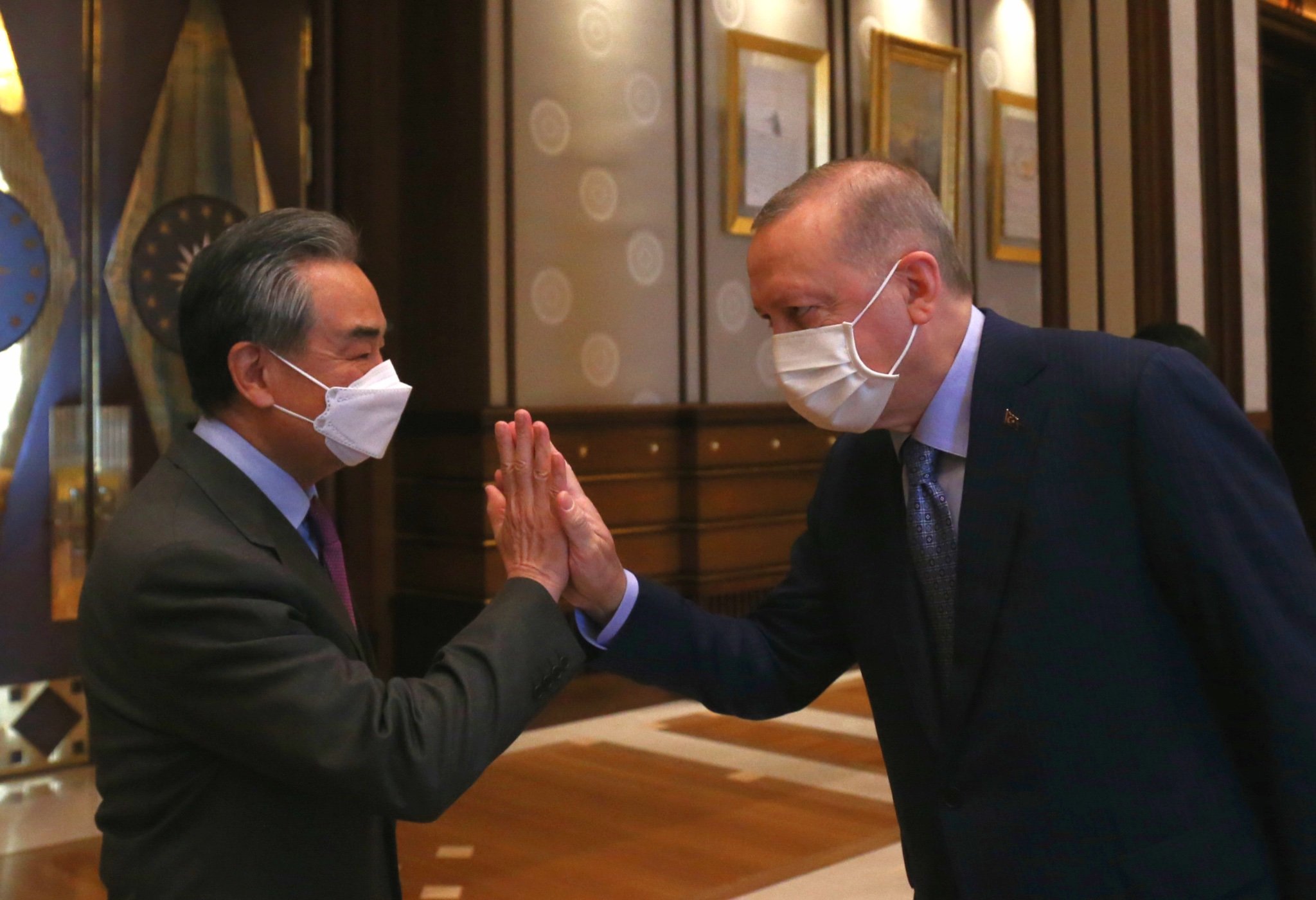
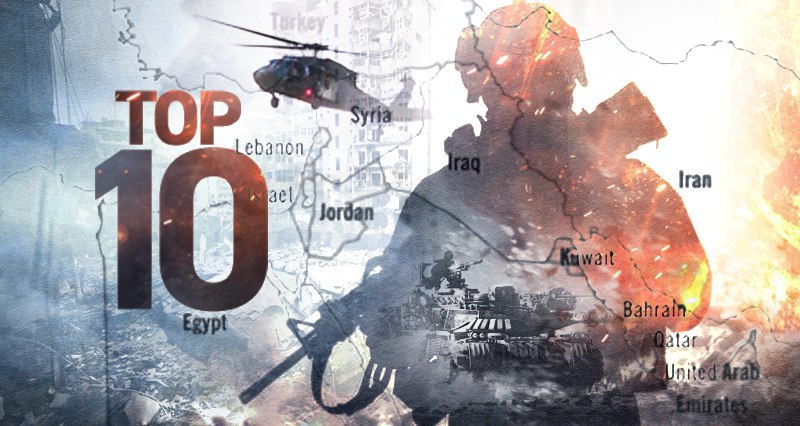


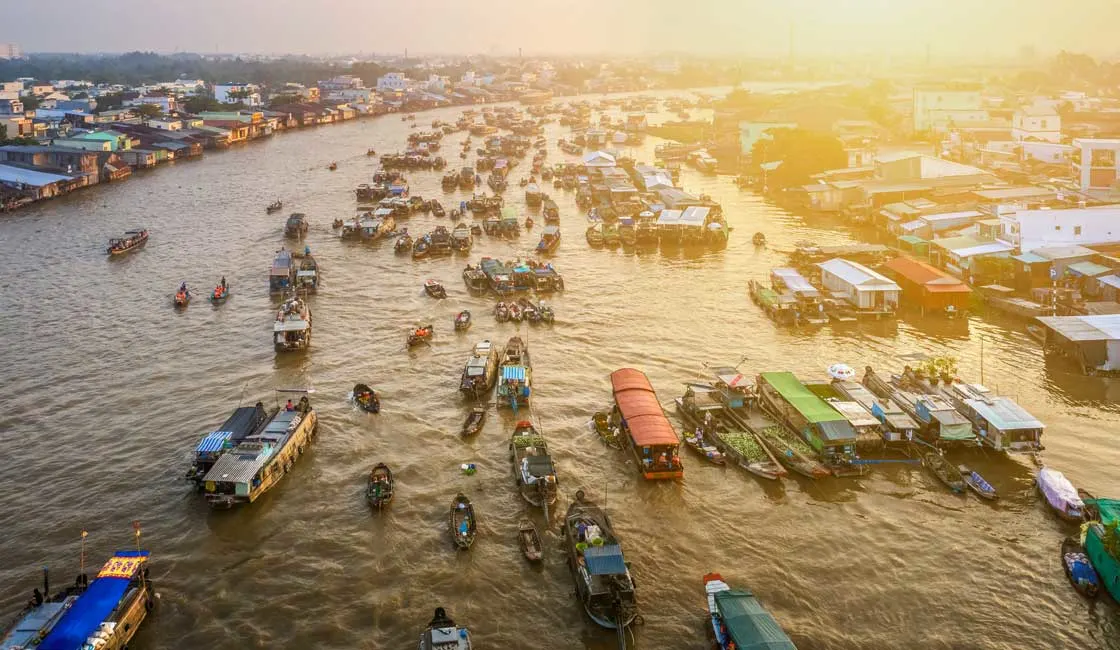

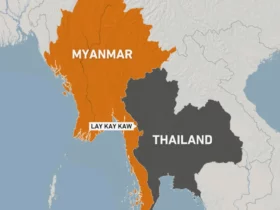




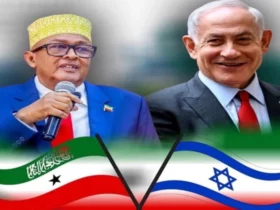
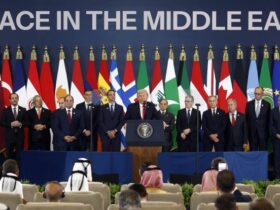
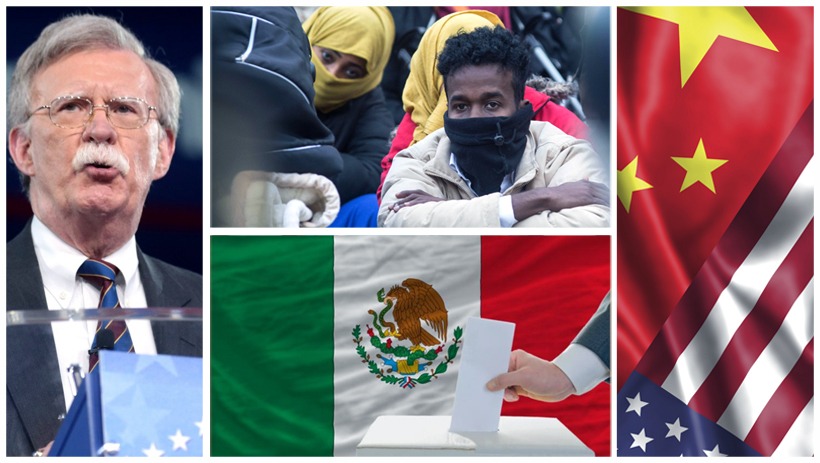
Leave a Reply